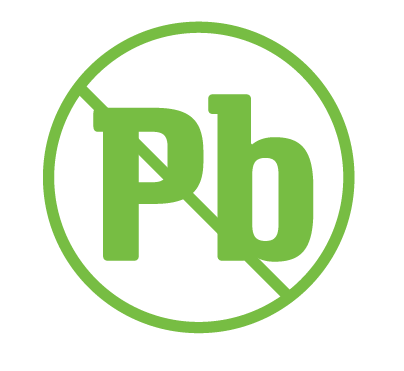What is a Lead-Free Apron?



Heavy, cumbersome, and stiff. Those are some words that come to a lot of people’s minds when thinking of wearing their old lead apron. During long cases that apron IS a weight on your shoulders, and the stress caused to your back is no joke; but did you know that there is a material that can help?

Lead-free and lead-composite material are alternatives to the traditional Lead (Pb) aprons. Although lead attenuates radiation at a higher percentage than its lead-free and lead-composite counterparts, the difference is only about 1% in most cases.
The weight difference between a lead-free apron and a lead one is significant. This is made possible by using other metals like Antimony and Bismuth which have a smaller atomic weight than lead. When used together, Antimony and Bismuth provide similar protective qualities to lead. Lead composite aprons work with a similar principle, just that the Antimony is combined with lead to form a material that blocks radiation.
Lead composite aprons work with a similar principle, just that the Antimony is combined with lead to form a material that blocks radiation. Lead-composite aprons have similar attenuation properties to lead but can weigh up to 24% less than lead. Lead composite material is also more flexible than lead-free AND lead materials, which can translate to more comfort for you.

These types of materials are offered by several manufacturers including Burlington Medical. When selecting a lead-free material, ensure that adequate test results are presented. Burlington Medical’s lead, lead-composite, and lead-free materials have been tested with methods that adhere to IEC 61331-1:2014, ASTM F-2547-06, and DIN 6857-1. For more info about our material please visit our Protective Material Guide.
